Select Language
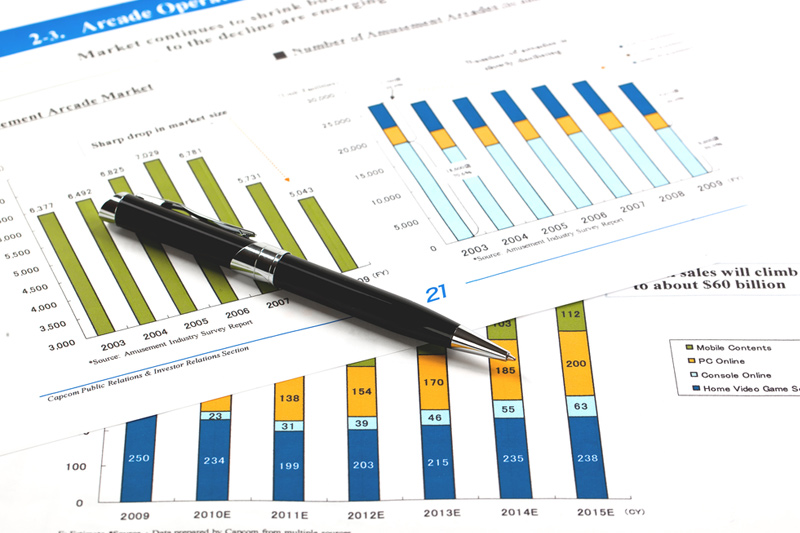
(Reuters) -Credit ratings agency Fitch downgraded Israel's credit rating to "A" from "A-plus" on Monday, citing worsening geopolitical risks as the war in Gaza drags on, and kept the rating outlook negative, meaning a further downgrade is possible.
Israel's war on Gaza, triggered by the Islamist group Hamas-led cross-border attack on Oct. 7, has cost thousands of lives and unfolded into a humanitarian crisis.
"In our view, the conflict in Gaza could last well into 2025 and there are risks of it broadening to other fronts," the ratings agency said in a statement.
"The downgrade following the war and the geopolitical risks it creates is natural," Israeli Finance Minister Bezalel Smotrich said on X.
Fears that the conflict in Gaza could turn into a broader Middle East war have escalated after the killing of Hamas leader Ismail Haniyeh in Iran and top Hezbollah military commander Fuad Shukr in Beirut.
Israel's shekel fell as much as 1.7% against the dollar on Monday and stocks ended over 1% lower in Tel Aviv as investors fret over a possible attack on Israel.
Heightened tensions between Israel and Iran and its allies could imply significant additional military spending, destruction of infrastructure and damage to economic activity and investment, Fitch said.
The ratings agency expects the Israeli government to permanently increase military spending by close to 1.5% of GDP versus pre-war levels as the country strengthens its border defenses.
"Public finances have been hit and we project a budget deficit of 7.8% of GDP in 2024 and debt to remain above to 70% of GDP in the medium term," Fitch said. It forecast the country's debt will remain on an upward trend beyond 2025 if higher military spending and economic uncertainties continue.

By Costas Pitas and Trevor Hunnicutt
WASHINGTON (Reuters) - U.S. President Joe Biden supports the idea of eliminating taxes on tips for service and hospitality workers, the White House said on Monday.
"Absolutely," said White House spokesperson Karine Jean-Pierre, asked at a briefing if Biden would sign legislation doing so were it passed by Congress. "This is something that the president supports. He supports eliminating taxes on tips for service and hospitality workers," as well as raising the minimum wage.
The statement came after Vice President Kamala Harris, the Democratic presidential candidate, said in Nevada on Saturday that she supported eliminating taxes on tips, taking a similar position to her rival Donald Trump in an effort to win over service workers.
That group is a large and politically influential constituency in the state, which is expected to be closely contested in the 2024 election.
Support for the policy marks a rare area of agreement between the two major party's presidential candidates.
Harris' version of the proposal - exempting tip income from federal income taxes and raising the minimum wage - could increase deficits by $100 billion to $200 billion or more over 10 years, according to the Committee for a Responsible Federal Budget.
Some 2.2 million Americans worked as wait staff in 2022, according to the U.S. Labor Department, many drawing some of their income through tips.
Trump, who told a rally in Las Vegas in June that he would seek to end taxation of income from tips, accused Harris of stealing his policy proposal.
"Kamala Harris, whose 'Honeymoon' period is ENDING... just copied my NO TAXES ON TIPS Policy," Trump said on his Truth Social app. "The difference is, she won’t do it, she just wants it for Political Purposes!"
A Harris campaign official said her proposal would require legislation to be passed by Congress.
"As president, she would work with Congress to craft a proposal that comes with an income limit and with strict requirements to prevent hedge fund managers and lawyers from structuring their compensation in ways to try to take advantage of the policy," the official said.

LONDON (Reuters) -Catherine Mann, an external member of the Bank of England's Monetary Policy Committee, said in a podcast released on Monday that goods and services prices were set to rise again and wage pressures in the economy could take years to dissipate.
Mann voted against this month's cut in interest rates and said in the Financial Times podcast that she put her hawkishness at 7 out of 10, down from 10 out of 10 earlier this year when she voted to raise rates further from their 16-year high of 5.25%.
"There is an upwards ratchet to both the wage setting process and the price process and ... it may well be structural, having been created during this period of very high inflation over the last couple of years," she said.
"That ratchet up will take a long time to erode away," she added.
British inflation returned to its 2% target in May but data this week is likely to show it rose back above it to 2.3% and the BoE has forecast it will reach about 2.75% later this year as the effect of last year's fall in energy prices fades.
Mann said she saw upward pressure on wages from the fact that wages had risen fastest for the lowest paid, compressing pay scales and creating a potential demand over the coming years from better-paid workers to restore the earnings premium they previously enjoyed.
Britain's new Labour Party government has said it will continue the previous Conservative government's goal - achieved last year - of keeping the minimum wage at two thirds of median earnings, one of the highest in the world.
Some businesses too would seek to match competitors' past price rises and solid demand also meant they would feel less pressure to pass on cost savings from recent strengthening of sterling, she added.
Figures out on Monday from the Chartered Institute of Personnel and Development showed that employers expected to raise pay by 3% over the coming year, the lowest amount in two years and below the 4.1% in a similar BoE survey.
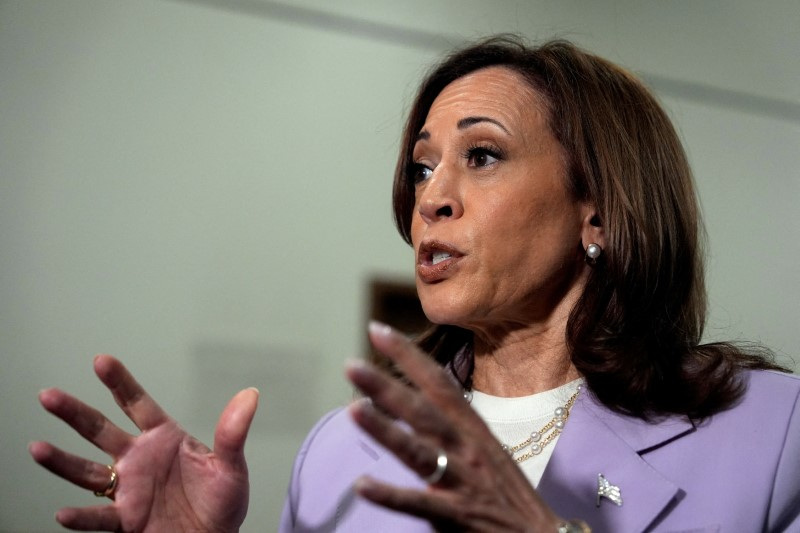
By Jeff Mason
PHOENIX (Reuters) -U.S. Vice President Kamala Harris said on Saturday that she disagreed strongly with rival Donald Trump's views on the Federal Reserve and pledged not to meddle with the central bank if she wins the Nov. 5 presidential election.
Harris's view contrasts sharply with that of the Republican nominee and former president, who on Thursday said that U.S. presidents should have a say over the Fed's decisions.
"The Fed is an independent entity and as president I would never interfere in the decisions that the Fed makes," Harris, the Democratic presidential nominee, told reporters in Phoenix, Arizona.
Harris, speaking before flying to Las Vegas for a campaign rally, said she planned to unveil policy positions next week.
"It'll be focused on the economy and what we need to do to bring down costs, and also strengthen the economy overall," she said.
A jump in the July U.S. unemployment rate reported last week helped to spark a global stock market rout that continued into Monday before equities made a partial recovery. Investors had taken flight because of fears of a potential U.S. recession and that the Fed would need to act aggressively in response.
Asked about those concerns and how the Fed would react, Harris said: "As we know, there was turbulence this week, but it seems to have settled itself. And we'll see what ... decisions they make next."
Trump's comments on Thursday offered the most explicit indication so far of his interest in infringing on the Fed's independence should he regain the White House.
"I feel the president should have at least (a) say" on Fed decisions, Trump told reporters at his Mar-a-Lago residence in Florida.
His comment followed a Wall Street Journal report this spring that said Trump allies have drafted proposals that would attempt to erode the central bank's independence if he wins.
While the Trump campaign distanced itself from the report at the time, his latest remarks indicate that he is squarely aligned with one of the main thrusts of the proposals; that the president should be consulted on interest rate decisions and that Fed banking regulation proposals should be subject to White House review.
Current Fed Chair Jerome Powell, who was appointed by Trump and reappointed by President Joe Biden, is due to serve until May 2026.
Trump repeatedly criticized and commented on the Fed while he was in office, a departure from the practice of other U.S. presidents.
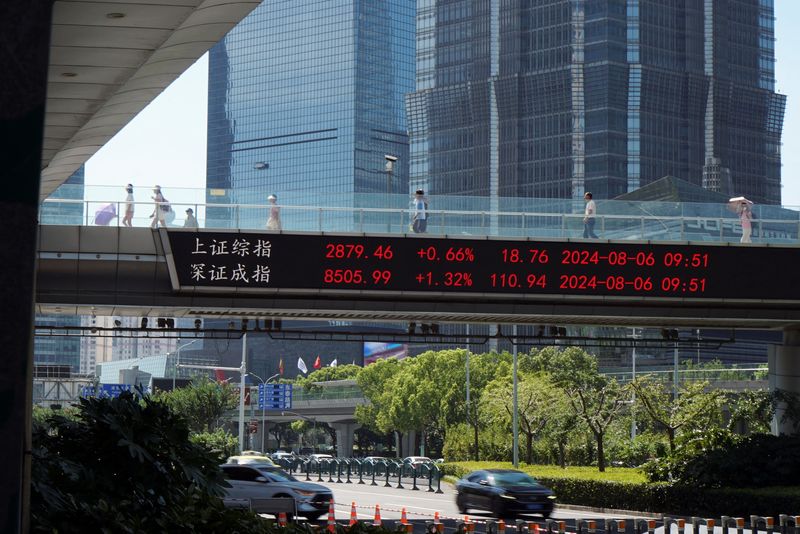
By Wayne Cole
SYDNEY (Reuters) - Asian stocks edged higher on Monday as a holiday in Japan removed one source of recent volatility, and investors hunkered down for major U.S. and Chinese economic data for an update on global growth prospects.
Key for the Federal Reserve will be U.S. consumer prices on Wednesday where economists look for rises of 0.2% in both the headline and core, with the annual core slowing a tick to 3.2%.
"That would likely bolster the Fed's confidence that disinflation is ongoing, allowing for a rate cut in September, but a core run-rate still above target should also speak against a larger 50bp cut or an intra-meeting cut," said analysts at Barclays in a note.
"Moreover, we expect a robust 0.8% m/m increase in headline retail sales, pointing to continued resilience in the engine of the economy, the consumer, on the back of solid income and wealth fundamentals."
As well as July retail sales, there is data on industrial output and housing starts, along with several surveys on regional manufacturing and consumer sentiment.
The futures market currently implies a 49% chance of the Fed cutting by 50 basis points in September, though that is down from 100% a week ago when Japanese equities went into free fall.
Nikkei futures traded at 35,535 compared with a cash close of 35,025, though they are not quite back at where they were before last week's plunge.
MSCI's broadest index of Asia-Pacific shares outside Japan added 0.6%, led by a 1.6% bounce in Taiwan. Chinese blue chips firmed 0.1%.
EUROSTOXX 50 futures rose 0.5% and FTSE futures 0.4%. S&P 500 futures and Nasdaq futures were a fraction firmer in thin trading. So far, around 91% of the S&P 500 have reported earnings and 78% of those have beaten the Street.
Results from Walmart (NYSE:WMT) and Home Depot (NYSE:HD) this week will offer a snapshot on how U.S. consumers are holding up.
China issues figures on retail sales and industrial production on Thursday, which are expected to show the economy continuing to underperform, underlining the need for more stimulus.
In currency markets, the dollar edged up 0.2% to 146.92 yen, and away from last week's deep low of 141.68, while the euro was steady at $1.0915.
BofA FX strategist Shusuke Yamada thinks the rush to unwind yen carry trades - borrowing at low rates to buy higher yielding assets - has mostly run its course with speculative yen short positions having fallen by 60%.
"Longer-term, structural outflows from corporate foreign direct investment and retail ownership of international equities should drive yen weakness," he adds, and sees the dollar at 155.00 yen by year-end.
Data from the IMM exchange showed net short positions in dollar/yen were down at 11,354 compared with 184,000 in early July.
In commodity markets, gold held at $2,424 an ounce, after dipping slightly last week. [GOL/]
Oil prices inched up, having bounced 3.5% last week as fears of a widening Middle East conflict threatened supplies. [O/R]
Israeli Defense Minister Yoav Gallant spoke on Sunday with U.S. Defense Secretary Lloyd Austin and told him Iran's military preparations suggest Iran is getting ready for a large-scale attack on Israel.
The Pentagon also made the rare decision to publicly report that Austin had ordered the deployment of a nuclear-powered guided missile submarine to the Middle East.
Brent gained 20 cents to $79.86 a barrel, while U.S. crude rose 34 cents to $77.18 per barrel.
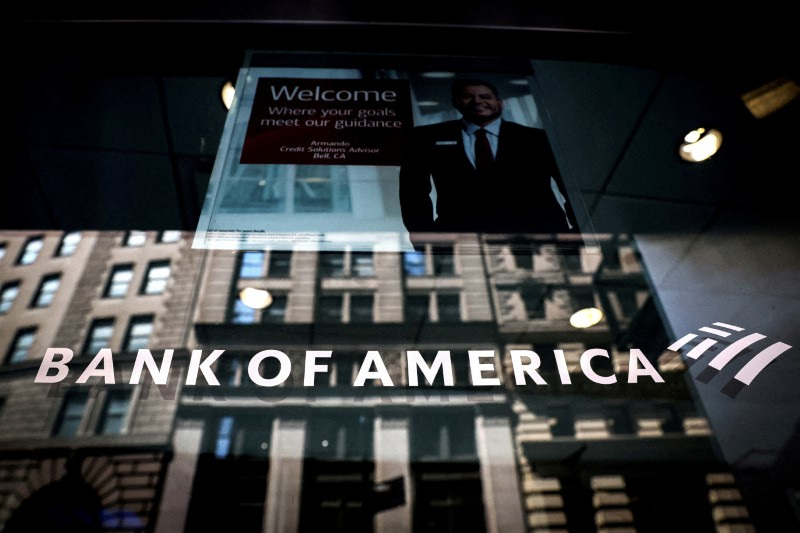
(Reuters) - If the U.S. Federal Reserve does not start cutting interest rates relatively soon, U.S. consumers could become dispirited, Bank of America CEO Brian Moynihan said on Sunday.
At the end of July the Fed kept the policy rate in the same 5.25%-5.50% range it has been for more than a year, but signaled that a rate cut could come as soon as September if inflation continued to cool.
"They've told people rates probably aren't going to go up, but if they don't start taking them down relatively soon, you could dispirit the American consumer," Moynihan told CBS in an interview.
"Once the American consumer really starts going very negative, then it's hard to get them back."
Moynihan, pressed about Republican candidate Donald Trump's statement that presidents should have a say over Fed decisions, said people were free to give Federal Reserve Chair Jerome Powell advice and it was then his job to decide what to do.
"If you look around the world's economies and you see where central banks are independent and operate freely, they tend to fare better than the ones that don't," he said.
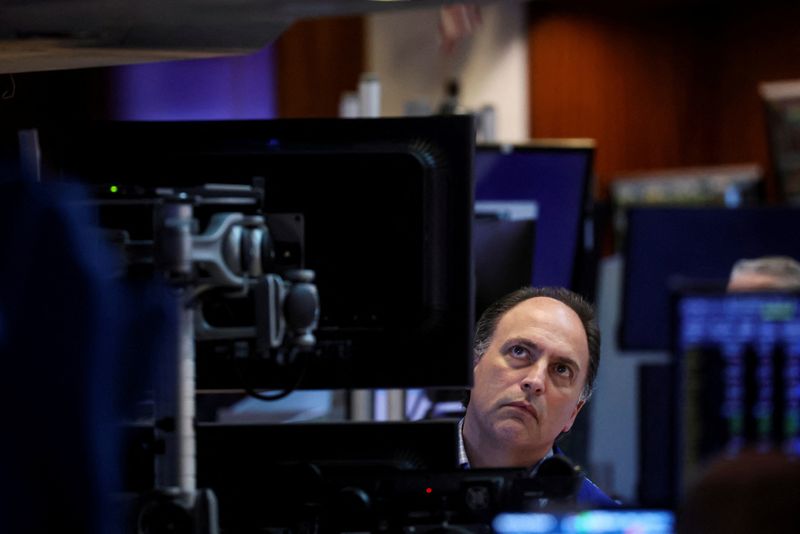
Investing.com -- Investors will be looking at key inflation data on Wednesday for fresh clues on the potential size of an expected September rate cut by the Federal Reserve. Markets look likely to remain volatile, while retail earnings will be watched for clues on the strength of consumer spending. Here's your look at what's happening in markets for the week ahead.
1. CPI data
July CPI data is expected to show that that inflation continued to edge closer to the Fed’s 2% annual target.
A reading that shows only modest cooling could allay fears that the Fed has sent the economy into a tailspin by leaving rates elevated for too long. But a weak report could bolster recession worries, potentially sparking fresh market volatility.
The economic calendar also includes retail sales numbers for July as well as the weekly report on initial jobless claims.
Investors will also get the chance to hear from several Fed officials including Atlanta Fed President Raphael Bostic, Philadelphia Fed President Patrick Harker and Chicago Fed President Austan Goolsbee.
Comments from a trio of Fed policymakers indicated on Thursday that they were more confident that inflation is cooling enough to cut rates.
2. Volatility risk
Investors seem likely to remain on edge in the coming week after last Monday’s stock market dive triggered by a combination of U.S. recession fears and the unwinding of a global yen-funded carry trade.
A bigger-than-expected drop in jobless claims on Thursday indicated that fears over the health of the labor market were overblown, helping markets recover most of their losses by Friday’s close.
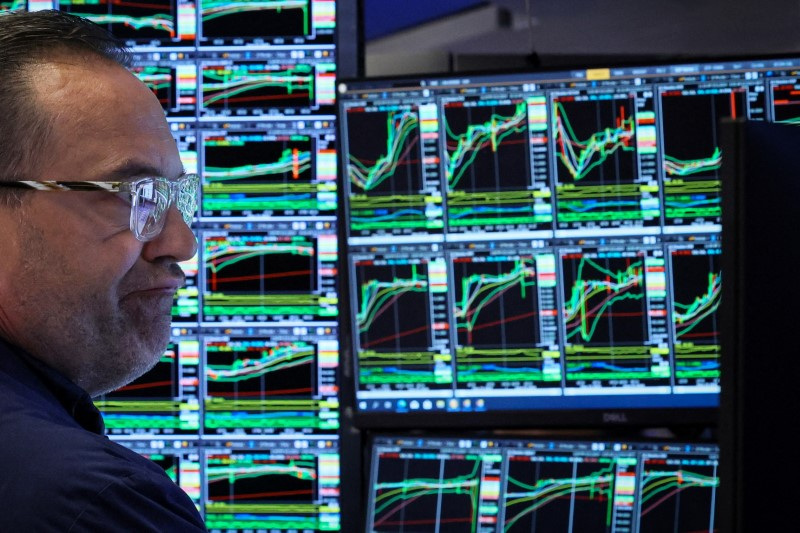
LONDON (Reuters) - Global markets are having a torrid time of late as U.S. recession fears creep back in and the effects of the yen's sudden surge ripple out.
U.S. inflation numbers, the latest Japanese economic data and a slew of UK data could give investors a fresh steer.
Here's your guide to the week ahead in financial markets from Ira Iosebashvili in New York, Rae Wee in Singapore and Dhara Ranasinghe, Samuel Indyk and Amanda Cooper in London.
1/ SUMMER CHILL, NO WAY
Investors should have learned by now that there's no such thing as a "quiet" summer in markets.
A year ago, Treasury yields rose sharply on worries about the U.S. fiscal outlook. The summer before, inflation and rate hike fears jolted markets.
Monday's meltdown saw Japan's second-biggest stock crash and the largest ever intraday jump in Wall Street's most-watched gauge of investor anxiety, the VIX. That means the coming days will be tinged with nervousness, even if there are nascent signs of recovery.
Focus is on just how much more of an unwinding of so-called yen carry trades, seen as one reason behind the rout, is left and whether the pricing-in of aggressive U.S. rate cuts are justified by upcoming data.
And with concerns about a broader Middle East conflict and a U.S. election looming, volatility is unlikely to disappear soon.
2/ READY FOR MORE?
Investors are now bracing for Wednesday's U.S. consumer price data for a read on how inflation is faring in the world’s largest economy amid recent signs that growth is wobbling.
Market hopes of an economic soft landing have been shaken by recent weak data, including news of a rapid down-shift in the jobs market. The slowdown fears have coalesced with the unwinding of a global carry trade to deliver markets a wallop.
Some analysts believe recession worries are premature.
Economists polled by Reuters expect both headline and core consumer prices rose 0.2% in July from a month earlier.
A number that shows only modest cooling could allay fears that the Federal Reserve has sent the economy into a tailspin by leaving rates elevated for too long. But a weak report could bolster recession worries, potentially sparking fresh market volatility.
3/ DISENCHANTMENT
Japan reports preliminary second-quarter growth figures on Thursday, at a time where some analysts have critiqued the Bank of Japan's (BOJ) recent rate hike as a policy misstep that triggered the brutal selloff in stocks.
To be sure, the connection isn't quite so straightforward.
The BOJ's hike sparked a resurgence in the yen and extended an unwinding of the hugely popular yen carry trade, which in turn sent investors de-leveraging and shedding their stock holdings to cut losses.
So should Thursday's data point to a brighter outlook, Japanese policymakers can finally breathe a sigh of relief. A downside miss and they'd have to find more reasons to justify July's hike.
It's yet another busy week in Asia-Pacific, with a New Zealand rate decision due on Wednesday, alongside a slew of data from China.
4/ DELICATE BALANCE
After July's finely balanced decision to cut UK rates to 5.0%, the Bank of England will have a new set of data points to go through that might help determine what the coming few months look like for monetary policy.
Consumer inflation, including for the still-hot services sector, as well as second-quarter GDP and retail sales, are all in the mix.
Right now, markets expect rates to fall by a percentage point over the coming nine months.
But given how close July's decision was, UK assets are likely to be extra sensitive to anything that might suggest the BoE has to deviate from that expected path. Sterling is looking fragile and UK equities have seen nothing but weekly outflows for four straight months, according to LSEG/Lipper data.
5/ EUROPE'S SILVER LINING
There's a silver lining for European shares, down roughly 5% so far this month, and that's corporate profits, with earnings set to grow for the first time in five quarters.
According to LSEG I/B/E/S data, Q2 earnings are expected to have increased 3.8% from the same period last year, the first quarterly rise since the first quarter of 2021. Almost 56% of companies have reported results that beat analyst estimates.
For sure, there are more tests ahead. Switzerland's largest bank UBS reports earnings on Wednesday, while it's a big week for the insurance sector, with Hannover Re, Aviva (LON:AV), NN (NASDAQ:NNBR) Group and Admiral set to report.
Overall, the Q2 earnings season suggests signs of a consumer slowdown, but strong growth in financials, energy and utilities
sectors have helped offset weakness elsewhere.
(Graphics by Prinz Magtulis, Pasit Kongkunakornul, Kripa Jayaram and Sumanta Sen; Compiled by Dhara Ranasinghe; Editing by Toby Chopra)
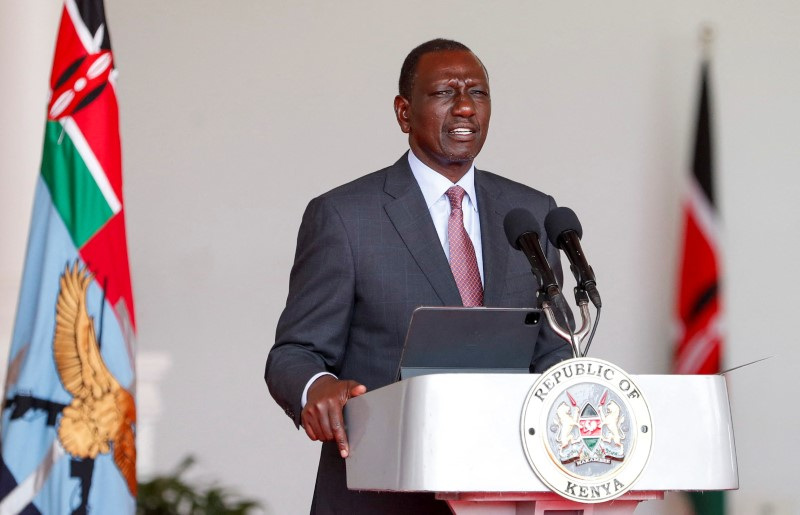
By Duncan Miriri
NAIROBI (Reuters) - Nervous investors are avoiding long-dated Kenyan Treasury bills and bonds, central bank data showed, putting more strain on the government's plans to pivot to domestic borrowing after scrapping controversial tax hikes.
The latest debt sale, on Aug. 1, saw the benchmark 1-year Treasury bill get less than a tenth of demand for the amount on offer. That weak demand is making it even more expensive – and complicated – to fund the debt-burdened government's budget.
"It is going to be a problem and it feels like they are just kicking the can down the road," said Kenneth Minjire, senior associate for debt and equity at AIB-AXYS, a Nairobi-based brokerage.
President William Ruto abandoned tax hikes worth more than 346 billion shillings ($2.67 billion) after protests that killed more than 50 people.
The U-turn forced the finance ministry to hike local borrowing targets by 42% to 404.6 billion shillings ($3.12 billion), even as securities, apart from 91-day Treasury bills, were already underperforming at auction.
PRECIPITOUS FALL
Demand for Kenyan debt instruments at the central bank's weekly auction fell precipitously as domestic disruptions and violence engulfed major urban centres, data from the central bank showed.
Investors offered to buy just a third of what the central bank offered in Treasury bills during the week of June 24, when the turmoil erupted, while the subscription rates for that week's bond auction were just 2.4%.
Before the protests, the subscription rates for Treasury bills was 94.7%, while bonds were oversubscribed.
Central Bank governor Kamau Thugge downplayed concerns over local financing, noting it was early in the financial year, and that even the revised borrowing target was lower than the previous financial year.
"I really don't see that we will not be able to meet the domestic financing requirements," he told a news conference on Wednesday.
The finance ministry did not respond to requests for comment.
'OVER-BORROWING'
Finance minister John Mbadi said the local debt portfolio was already too high. Total domestic debt stands at $750 billion, three times the stock of external debt, he told a parliamentary vetting panel on Saturday.
"We are over-borrowing domestically," he said, without commenting on whether he would cut the domestic borrowing target.
Mbadi, who was sworn into office on Thursday, could struggle to cut it. The Kenya Bankers Association, a lobby group, warned that the funding bill withdrawal and credit ratings downgrades that followed "risk constraining external funding options even more."
The country's Eurobonds have also slid, meaning if Kenya wanted to issue again, it would be more expensive.
DELAY IN IMF FUNDING?
Potential delays in IMF funding also loom; Kenya had secured a staff level agreement for the seventh review of its $3.6 billion bailout before the protests, but the board had not signed off.
Officials submitted a revised economic repair plan without the tax hikes, which it hopes will secure its next $600 million tranche.
But Ruto's efforts to fill the gap left by tax reversal are mixed; his pledge to cut 346 billion shillings worth of spending was halved by the time the law passed, leaving more risk to the country's balance sheets.
"The path to achieving fiscal targets has become increasingly challenging," said Fitch, the global credit ratings agency, while downgrading Kenya's credit last Friday.
Further compounding the pressure, there are near-weekly attempts to rally and keep Ruto from increasing any other taxes, such as on fuel.
"We must stay glued to the issues," said Martha Karua, an opposition party leader.
($1 = 129.5000 Kenyan shillings)

BEIJING (Reuters) -China's consumer prices rose at a slightly faster-than-expected rate in July partly due to weather disruptions to food supplies, while producer deflation persisted, keeping the country's underlying consumption trends soft in a test for policymakers.
China's frail consumer sector been a major focus for Beijing as weak domestic demand hobbles the world's second-biggest economy while manufacturing activity shrinks.
The consumer price index (CPI) edged up to a five-month high of 0.5% year-on-year in July, versus a 0.2% rise in June, the National Bureau of Statistics (NBS) reported on Friday, beating a 0.3% increase in a Reuters poll of economists.
On a month-on-month basis, the CPI rose 0.5% against a 0.2% fall in June and a forecast 0.3% increase.
High temperatures and rainfall in some areas last month pushed up food prices, partly contributing to the monthly return to growth, said NBS statistician Dong Lijuan.
Food prices swung from a drop of 2.1% on-year in June to an unchanged outcome in July, while the growth in non-food prices slowed from 0.8% in June to 0.7% last month.
"There's a sharp contrast between food and ex-food CPI... none of the other goods and services saw inflationary moves, suggesting no sign of a pickup in domestic demand," said Xu Tianchen, senior economist at the Economist Intelligence Unit.
Core inflation, excluding volatile food and fuel prices, gained 0.4% on-year in July, down from 0.6% in June.
Weak domestic demand has become a major pain point for the economy, while hopes for an export-led recovery have also been crimped by rising trade tensions with the West, tariffs on Chinese goods and fears of a U.S. recession.
Consumers have largely shunned incentives to revive consumption, as a prolonged housing downturn, job insecurity and a wall of local government debt inhibit them from purchases of especially big-ticket items.
Car sales, the biggest component of China's retail sales, fell for the fourth month running in July despite a national auto trade-in program and eased auto loan rules.
China's capital city Beijing posted a 6.3% slide in retail sales in June while the financial hub of Shanghai saw the gauge of consumption fall 9.4%, underperforming a national rise of 2%, per official data.
The producer price index (PPI) was down 0.8% in July from a year earlier, unchanged from the previous month, and above an expected 0.9% fall.
Chinese leaders pledged at the end of July that the stimulus measures needed to reach this year's economic growth target will be targeted at consumers, days after announcing the allocation of 300 billion yuan ($41.96 billion) in ultra-long treasury bonds to finance equipment upgrades and consumer goods trade-ins.
($1 = 7.1502 yuan)

